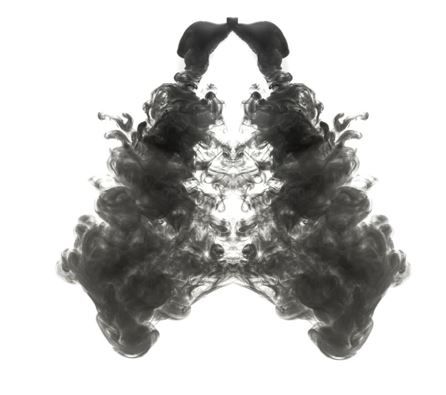- Clinical Technology
- Adult Immunization
- Hepatology
- Pediatric Immunization
- Screening
- Psychiatry
- Allergy
- Women's Health
- Cardiology
- Pediatrics
- Dermatology
- Endocrinology
- Pain Management
- Gastroenterology
- Infectious Disease
- Obesity Medicine
- Rheumatology
- Nephrology
- Neurology
- Pulmonology
PCP Visits Associated with Smoking Cessation after Lung Cancer Diagnosis and Before Surgery
CHEST 2021: Among >7000 veterans diagnosed with lung cancer and scheduled for surgery, seeing a primary care doctor was linked to pre-operative quitting.
©alesmunt/stock.adobe.com

Among nearly 7500 patients in the Veterans Affairs (VA) health system who were identified as current or former smokers prior to undergoing lung cancer surgery, more than 4 in 10 (43%) continued to smoke—or had resumed smoking—one year later, according to findings presented at CHEST 2021, the American College of Chest Physicians' annual meeting held online October 17-20, 2021.
Moreover, those whose smoking persisted or had resumed at the 1-year follow-up, study authors report, were approximately 30% more likely to die in the succeeding years.
The study also found that for those who did stop smoking after a diagnosis and before lung resection, seeing a primary care physician was a factor in being able to quit
As context for their research, investigators led by Brendan Heiden, MD, of Washington University in St Louis, observe that a significant proportion of patients diagnosed with lung cancer are smoking at the time of surgery but that cancer registries do not collect post-surgical data on the prevalence of persistent smoking. The result, they write in the study abstract, is a gap in knowledge about the relationship between continued smoking and outcomes in early-stage lung cancer.
The retrospective cohort study Heiden and colleagues pursued enrolled 7536 veterans with clinical stage 1 non-small-cell lung cancer undergoing surgery between 2006 and 2016. Mean patient age at surgery was 67 years, nearly all were men and 82% were white. For purposes of analysis researchers defined persistent cigarette smoking as individuals who continued to smoke 1 year after surgery. Sociodemographic and treatment-related factors associated with persistent smoking were assessed in multivariable modeling and the relationship between persistent smoking and all-cause mortality also was assessed.
At the time of lung cancer diagnosis, 68% (5142) of participants reported current smoking. Of those, 11.3% (580) reported they had stopped smoking between diagnosis date and surgical intervention. The researchers found that the interventions during the pre-operative period that were associated with smoking cessation were being prescribed cessation medication (odds ratio [OR] 1.466, 95% CI 1.213-1.771), more frequent medical encounters (OR 1.007, 95% CI 1.002-1.012), and seeing a primary care physician (OR 1.408, 95% CI 1.139-1.740).
When they assessed persistent smoking at 1 year post-surgery, Heiden et al found more than half (56%) of participants who reported smoking when they were diagnosed continued to smoke with the strongest associations found for age (with older individuals less likely to smoke, OR 0.960, 95% CI 0.949-0.970), elevated Charlson comorbidity score (OR 1.049, 95% CI 1.011-1.089), and higher area deprivation index score (OR 1.007, 95% CI 1.002-1.011).
Patients who stopped smoking after diagnosis and before surgery were significantly less likely to be smoking 1-year post-surgery (OR 0.512, 95% CI 0.418-0.627). Median overall survival was significantly worse among participants who continued to smoke (73.1 months vs. 84.7 months, p<.001).
The authors urge health care providers, including surgeons, to “aggressively counsel patients regarding smoking cessation in the perioperative period,” suggesting that successful interventions can have a significant positive impact on early-stage lung cancer outcomes.
Reference: Heiden B, Eaton D, Chang SH, et al. Association between persistent cigarette smoking and oncologic outcomes in stage 1 non-small cell lung cancer following surgery. Chest. 2021;160(supplement):A1610.
